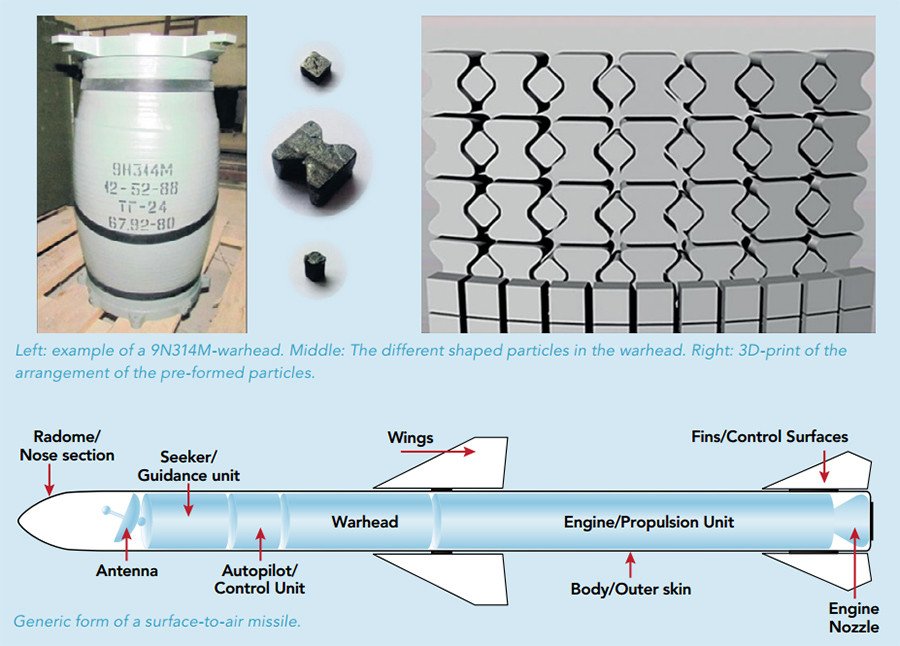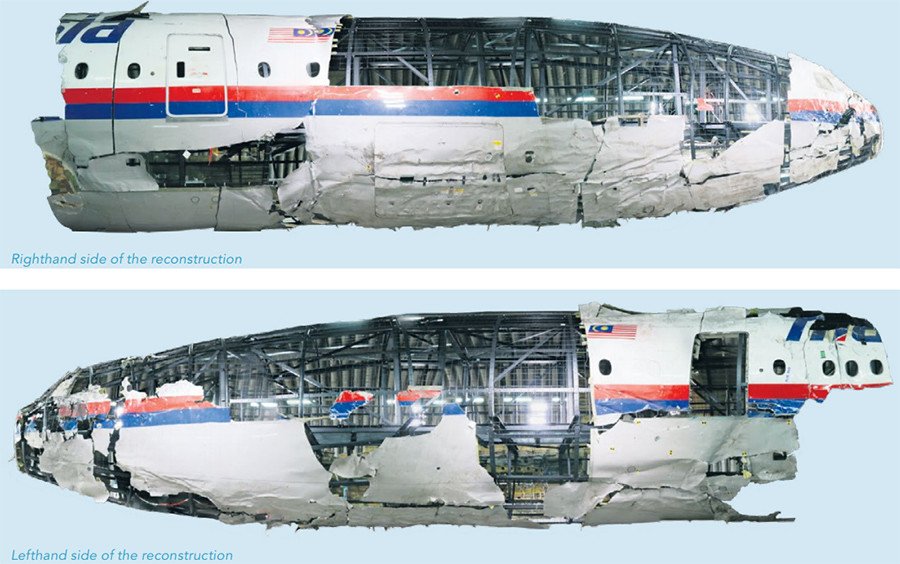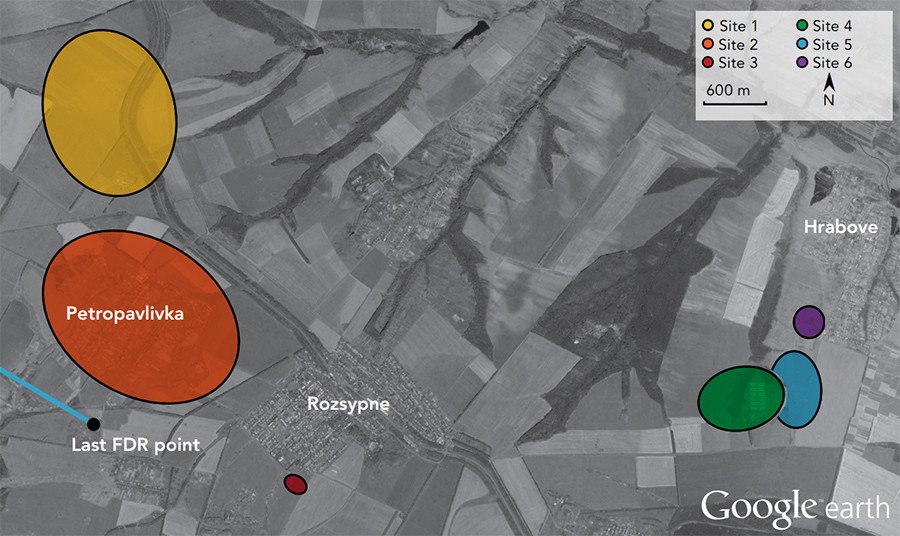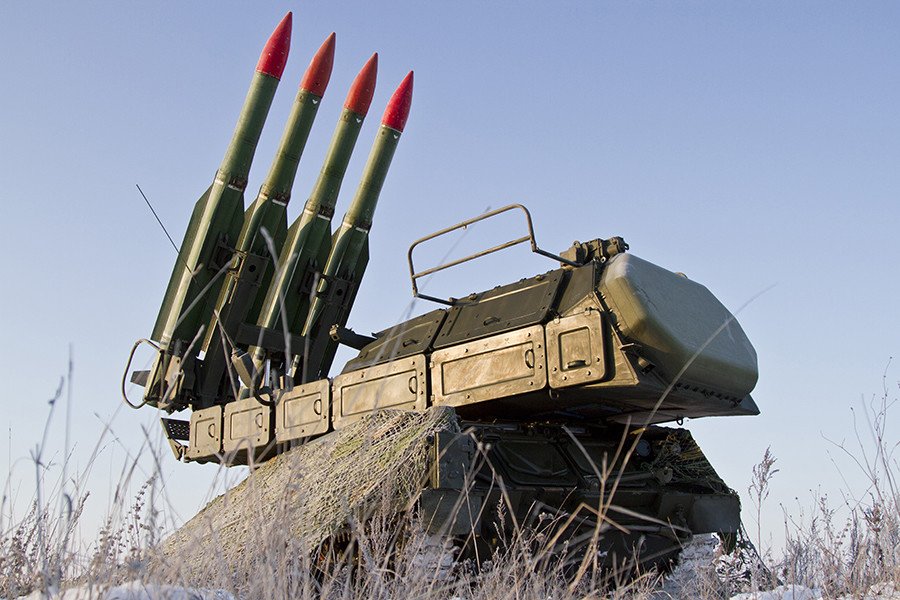8 things we learned through Dutch report, BUK arms maker on MH17 crash in Ukraine
Dutch investigators have published a much-awaited final report into the causes of the MH17 plane crash in eastern Ukraine, while Russian BUK producer Almaz-Antey has revealed the results of its experiments. Here are eight crucial points from both reports.
The Dutch Safety Board (DSB) has been leading the investigation into the causes of the downing of Malaysian Airlines flight MH17. The crash killed nearly 300 passengers and crew members on July 17, 2014 in eastern Ukraine. The DBS investigation is aimed at providing technical details about the crash, while another probe carried out by the Joint Investigation Team (JIT) is expected to determine who was responsible for the incident by the end of this year.
Dutch Safety Board simulates MH17 being hit by BUK missile#MH17: The Dutch Safety Board publishes final report after fifteen months of investigationWatch full report https://youtu.be/2TdWUTHC49U
Posted by RT Play on Tuesday, October 13, 2015
1. BUK 9М38-series fired at plane
The Boeing 777 flying over Ukraine was downed using a 9N314M-model warhead which was mounted on the 9M38-series of missiles, installed on the BUK surface-to-air missile system.
The pre-formed fragments that hit the plane were solid, cube and bow-tie shaped, the report said. “The number of impacts, the distribution pattern and the shape of the high-energy objects that were found are consistent with the pre-shaped fragments in the war-head of the 9N314M model,” it said.

2.Missile exploded on the left side of the Boeing
The in-flight disintegration of the plane occurred due to a detonation above the left hand side of the Boeing’s cockpit, the Dutch investigators said.

3.Missile was fired from Ukrainian territory
The investigators said the warhead was detonated from somewhere within a 320 sq. km area in the east of Ukraine. However, they could not establish which side of the conflict controlled the area at the site of the incident.

4. Ukraine failed to close its airspace
The DBS bashed Ukrainian authorities for failing to recognize the increased risk to civil airplanes flying at cruising altitude and to close the airspace above the conflict zone.

5. Kiev admitted presence of weapons able to shoot down plane
“The statements made by Ukrainian authorities on 14 and 17 July 2014, related to the military airplanes being shot down, mentioned the use of weapon systems that can reach the cruising altitude of civil airplanes. In the judgment of the DBS these statements provided sufficient reason for closing the airspace over the conflict zone as a precaution,” the Dutch report said.

Just hours ahead of the Dutch report, Russian BUK missile maker Almaz-Antey held a media conference presenting its findings relating to the MH17 crash. Almaz-Antey conducted research which included two experiments simulating explosions, with the second one using a decommissioned Ilyushin Il‐86 aircraft, similar to a Boeing 777 in its aerodynamic, technical and physical attributes, as well as its fuselage design. The company’s detailed technical presentation of the findings on Tuesday lasted for about three hours.
Here are the three key conclusions they drew:
1.BUK 9М38 hit the plane
The plane was hit by an earlier generation of the 9M38 Buk missile complete with warhead 9N314 (“without I-beams”), Almaz-Antey said in its presentation on Tuesday. According to the arms producer, the particles which hit the plane were cube-shaped, not bow-shaped. The last missile of this type was produced in the Soviet Union in 1986, and its life span is 25 years including all prolongations. All missiles of this type were decommissioned from the Russian Army in 2011, it said.
MH17 crash test simulation'#MH17 crash' test simulation video: Il-86 plane cockpit hit with BUK missileRead more http://on.rt.com/6tq1
Posted by RT Play on Tuesday, October 13, 2015
2. Missile exploded on left side
“The sub-munitions primarily damaged the left side of the MH17 Boeing, primarily its cockpit, left wing, left engine, and the left side of the tail,” the company said.

3. Missile fired from Kiev-controlled area?
Based on the angle of the damage to MH17, the BUK producer established that the most probable location of the missile launch was the area to the south of the village of Zaroshchenskoe in the Donetsk region in eastern Ukraine. The arms producer refuted earlier claims that the missile had been launched from Snezhnoy, controlled by rebel forces and located near Torez – the MH17 crash site.
A missile launched from Snezhnoye could not have inflicted damage to the Boeing’s left side, and not a single element would have hit the aircraft’s left wing and engine, said the Almaz-Antey experts.
The Dutch Safety Board said on Tuesday that it would study the results of the two experiments presented by BUK manufacturer Almaz-Antey, adding that the MH17 investigation will not be completed in 2015.
LISTEN MORE:














